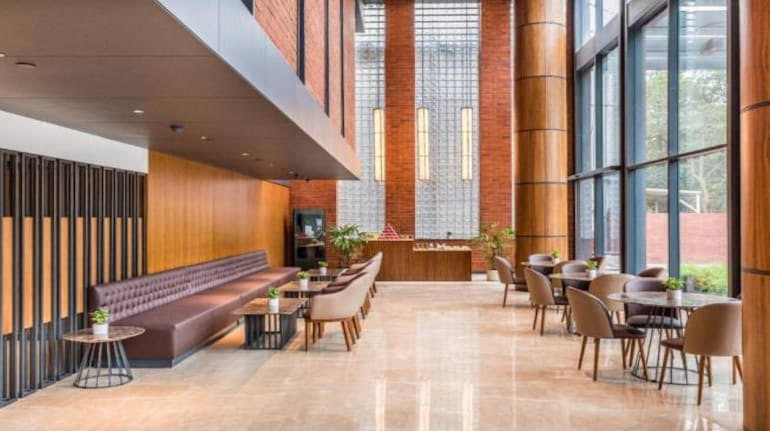
It is no longer about where employees are working, but about how they are working
The future workplace will not be binary. It will be a mixture of several workplace formats, with co-working riding growth in the new normal.
In the pre-pandemic era, if a certain A company was looking for a co-working space, the options were cookie-cutter workstations, with 50-60 sq. ft. of average space per desk. Now, imagine the same company A is exploring a hybrid space across locations. It can utilize the services of a co-working operator to find the perfect space in preferred locations and customize the workplace as per its needs. It is no longer about where employees are working, but about how they are working.
Co-working space grew strongly during 2017-2019 with its stock growing by 2.3 times in 2019 as compared to 2017. The share of co-working space in total leasing volume also rose from 6% in 2017 to 20% in 2019. However, during 2020, this pace of growth experienced a setback. Across the top operators’ portfolios, the median occupancy level was around 65% during 2020. Occupiers closed unprofitable centers and postponed and even cancelled some new leases.
Now, we are entering co-working 3.0. Mandates with occupiers will be the way to go, and speculative buildings are a thing of the past.
Operators will also look at newer business models ranging from management agreements, hybrid models (fixed plus revenue share) to franchise models.
Choice-based models to emerge
Many Fortune 500 companies are betting on expanding through co-working spaces. During H1 2021, IT-BPM drove the bulk of transactions with a 57% share in total leasing in co-working centers.
Why should larger enterprises look at co-working?
1. Greater flexibility in leasing2. Outsourcing of space delivery and management to a third-party
3. Capital-light deal structures
As a hybrid model of working takes shape, occupiers are looking at decentralized teams, work from (near) home, and the hub and spoke model. Co-working spaces will fill this gap and offer convenience to employees while offering a collaborative workspace. It will provide a tech-enabled, customized experiential workplace to enhance productivity and wellness.
Over the next few years, most landlords will have a co-working share in their portfolio. However, they will look to partner with operators with experience in operations and management.
Occupier experience is key
Occupier experience has become of utmost importance in this competitive environment. User experience will determine brand loyalty in this highly competitive segment. The inclusion of digital infrastructure and smart facilities will increase operational efficiency and overall asset value. Moreover, providing facilities related to health and wellness will retain occupier interest.
Operators are also coming up with innovative solutions such as single-day work passes, global location access and virtual offices. Some of the co-working space operators are also partnering with educational institutions and service companies to organize skill development and knowledge sharing programs for their occupiers.
Co-working mushrooming in Tier 2 – 3 cities
Initially, the growth of co-working spaces was limited to the top 6 cities. However, post-pandemic, operators are expanding into tier-II cities. Now we are seeing large enterprises setting up satellite and sales offices in smaller cities. Moreover, hyper-local delivery players are taking up small office spaces in multiple locations as they are expanding in smaller cities. We expect this trend to continue and demand from e-commerce and fintech to rise in the next two years. Many of these existing centres are currently operating at more than 70% occupancy levels.
Overall, the utilization of co-working is imminent for growth and brand differentiation. The latter half of 2021 is already seeing a change in the way co-working companies operate. As our workplaces undergo a change, co-working too will evolve and offer more value to users.




